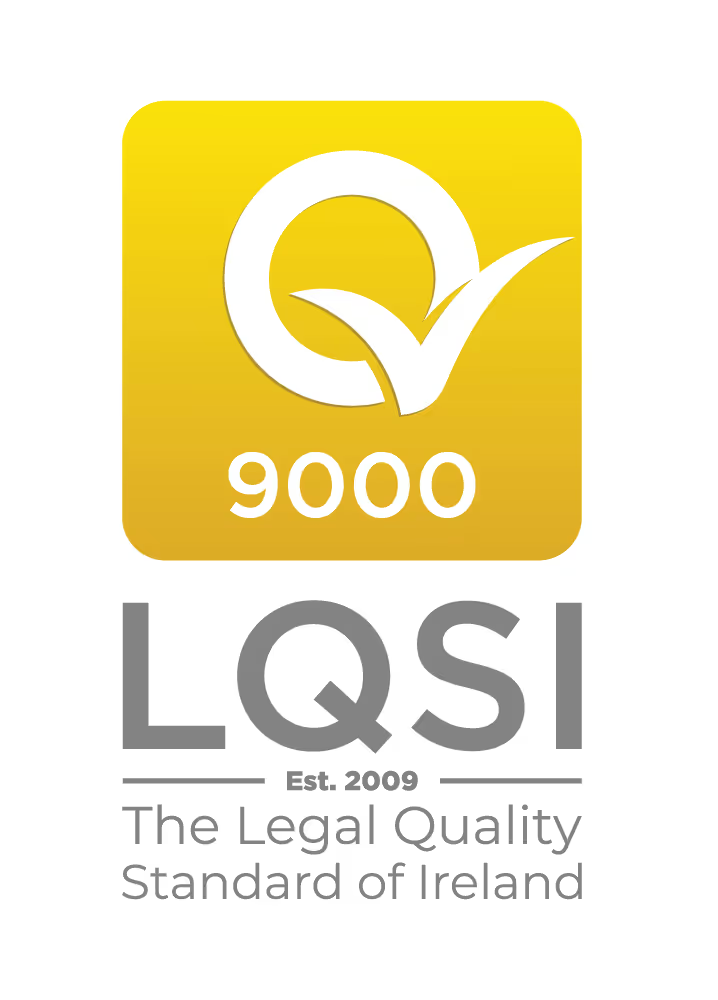The Government has published a general scheme for the Companies (Small Company Administrative Rescue Process and Miscellaneous Provisions) Bill 2021 (the “Bill”). This will provide for a dedicated administrative rescue process for small and micro businesses. It is intended to address the need for a simplified restructuring process for viable small companies that is both timely and cost effective. The process will mirror key elements of the existing examinership framework but without the need for Court approval.
Who can avail of the Small Company Administrative Rescue Process
The Small Company Administrative Rescue Process is designed for small companies as defined under section 280A of the Companies Act 2014 (the “Act”). Approximately 98% of all companies in Ireland are small companies.
Section 280A(3) of the Act provides that the qualifying conditions for a small company are satisfied by a company, if in relation to a financial year, it fulfils two (2) or more of the following requirements:
• The amount of turnover of the company does not exceed €12 million;
• The balance sheet total of the company does not exceed €6 million;
• The average number of employees does not exceed fifty (50).
What are the main provisions of the Small Company Administrative Rescue Process
• The process will be concluded within a shorter time period than an examinership and will seek to arrive at a conclusion within 70 days, subject to extension where necessary for Court applications.
• The process will be overseen and assisted by insolvency practitioners called “Process Advisors”, who are appointed by the company to begin engagement with the company’s creditors and to prepare a rescue plan.
• There is no automatic stay on proceedings taken against the Company.
• The creditors are invited to vote on a rescue plan by Day 42 of the insolvency practitioner’s appointment. The proceedings in relation to the required meetings of creditors are in keeping with the existing provisions of the Act. A rescue plan may be passed by a simple majority (50.1%) in value of the creditors of the Company.
• The process will provide for a format of cross-class clam down of debts designed to reduce costs. This means that where one (1) class of impaired creditor votes in favour of the rescue plan, it can be imposed on all classes of creditors.
• The process does not require an application to the Court for approval of the rescue plan, provided that no creditor objects to the rescue plan within a 21 day cooling off period following the vote.
• Where an objection to the rescue plan is raised, there is an automatic obligation on the company to seek Court approval. This acts as a safeguard for the creditors of the company.
• The process will permit the repudiation of contracts by the company with Court approval.
• The process will have safeguards against irresponsible and dishonest director behaviour. Company directors will be subject to the existing restriction and disqualification regime provided under the Act.
• The process will provide that State creditors, the Department of Social Protection and the Revenue Commissioners may be excludable from the process. This means that they may determine to opt out of the process on the basis of statutory grounds, for example, if the company has a poor history of tax compliance.
What are the requirements for the Rescue Plan?
The Rescue Plan must satisfy the “best interests of creditors” test and provide each creditor with a better outcome than a liquidation.
This note is for general information purposes and does not constitute legal advice. Legal advice must be obtained for all individual circumstances. Each case must be assessed on its own merits.






